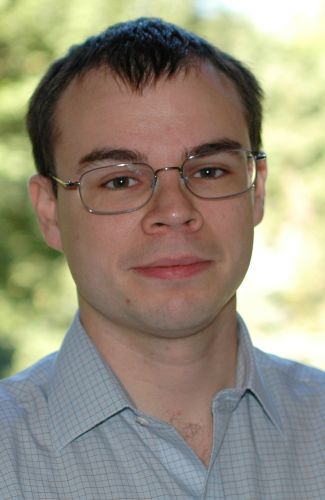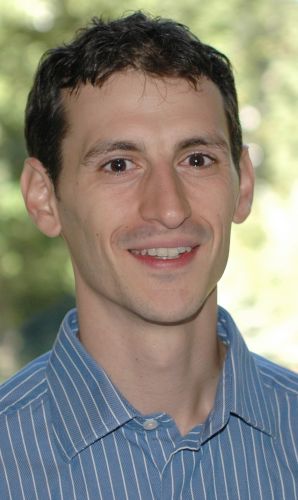Mark Bertolina - mark@compeffi.com
Combining a 15 year career in the IT industry with the insight and exacting persistence of an engineer Mark is the leader of Compeffi.
A diverse IT experience led to the brainstorming in 2008 for a new discipline in computer engineering focused on the business metrics of computing efficiency (in contrast to the classic Big-O notation and other logically valid yet practically abstract metrics).
With a passion for computers built in since childhood, Mark started professional life configuring and fixing PCs. As the IT industry took hold of every work desk through PCs and LANs in the 1990s Mark directly contributed to wiring up America's office spaces and configuring simple networks. Mark has been involved with a number of small business IT departments from planning and design to hands on projects dealing with security responses, automated desktop deployments, redundant server configuration, routed network design, web application servers, Internet technologies, and virtualization.
From 2005 to the present at Adaptive Wireless Solutions, Mark has engaged in the development, production, and deployment of battery powered industrial wireless instrumentation and solutions for the chemical and energy industries. As that technology platform has proliferated and commoditized (Schneider with Accutech and Honeywell with XYR 5000 product lines) Mark now leads the engineering effort in creating high value customized solutions within this domain.
Internships were completed both at a local instrumentation company as well as Space and Naval Warfare Systems Center Pacific (SPAWAR). During this time Mark contributed to advancements in underwater acoustic MIMO communications systems as well as gained perspective in industrial electronics and manufacturing engineering.
Mark holds a BS in electrical engineering from Worcester Polytechnic University and has further completed numerous graduate level courses. While at WPI he was involved in research on the design, construction, and signal process techniques of electro-physiological sensor arrays and contributed to peer reviewed publication.
|
 |




